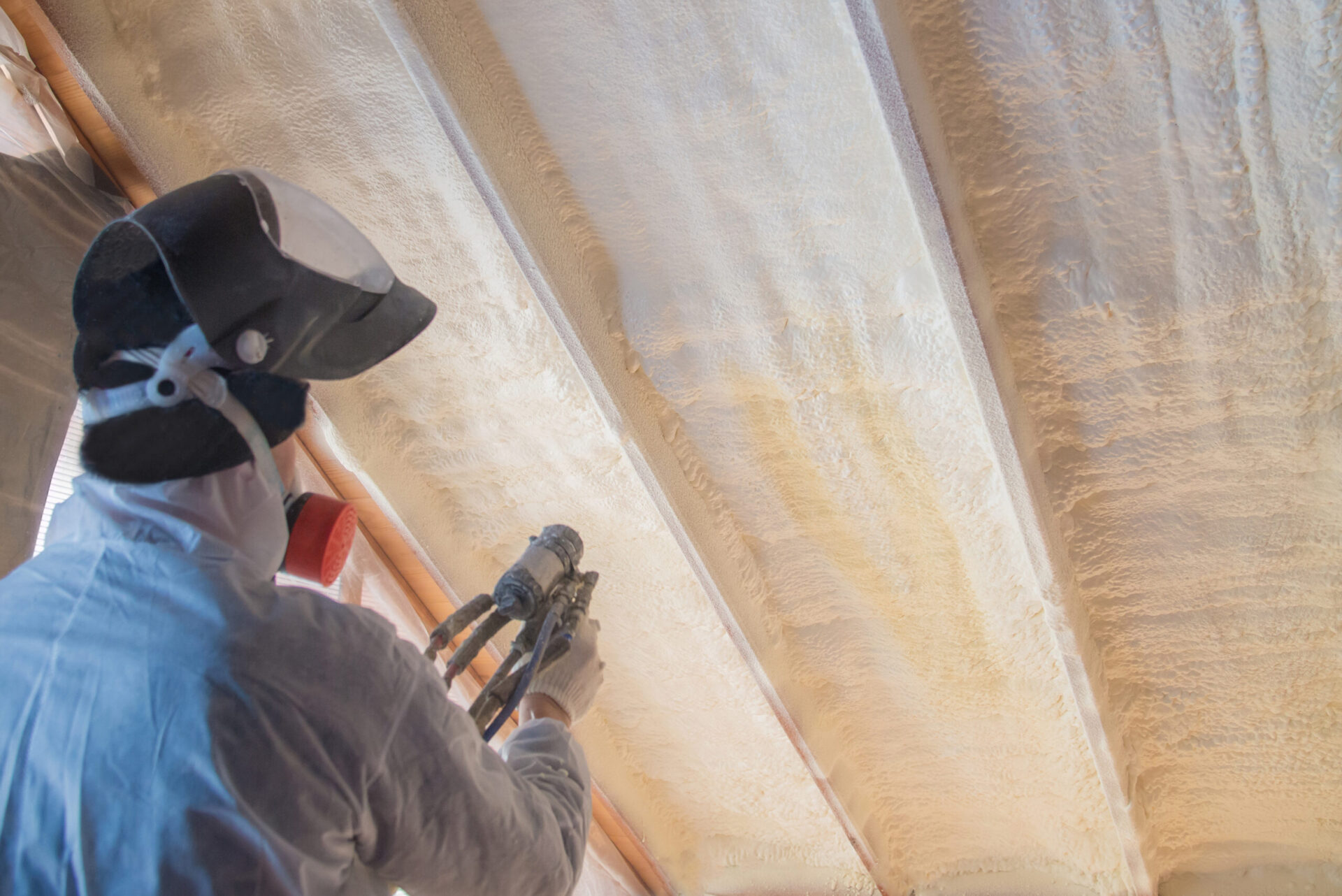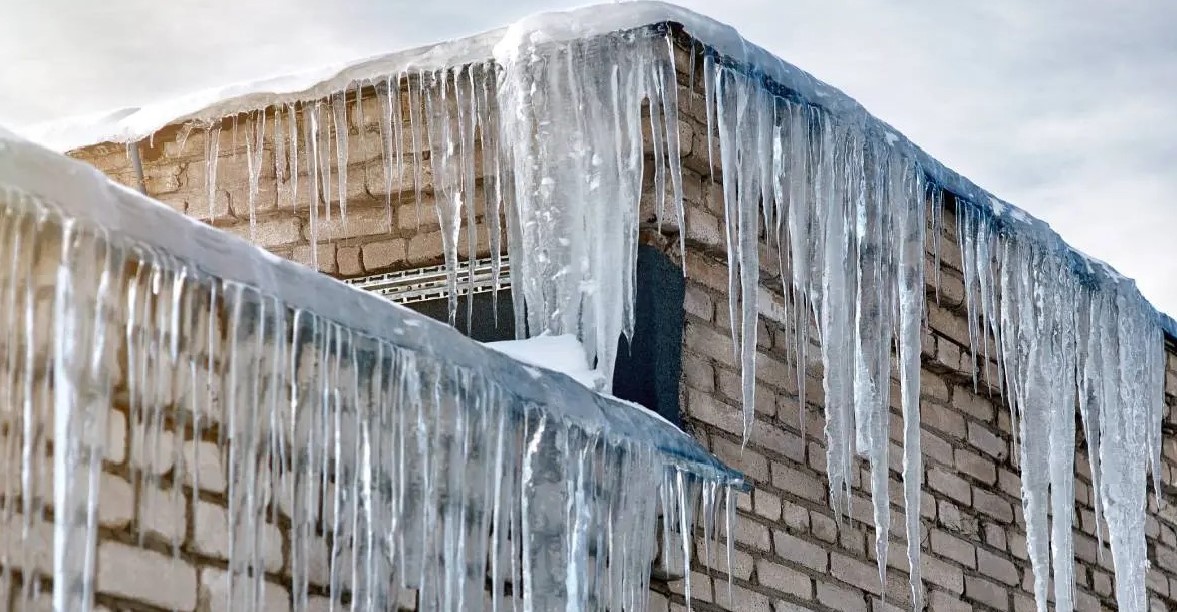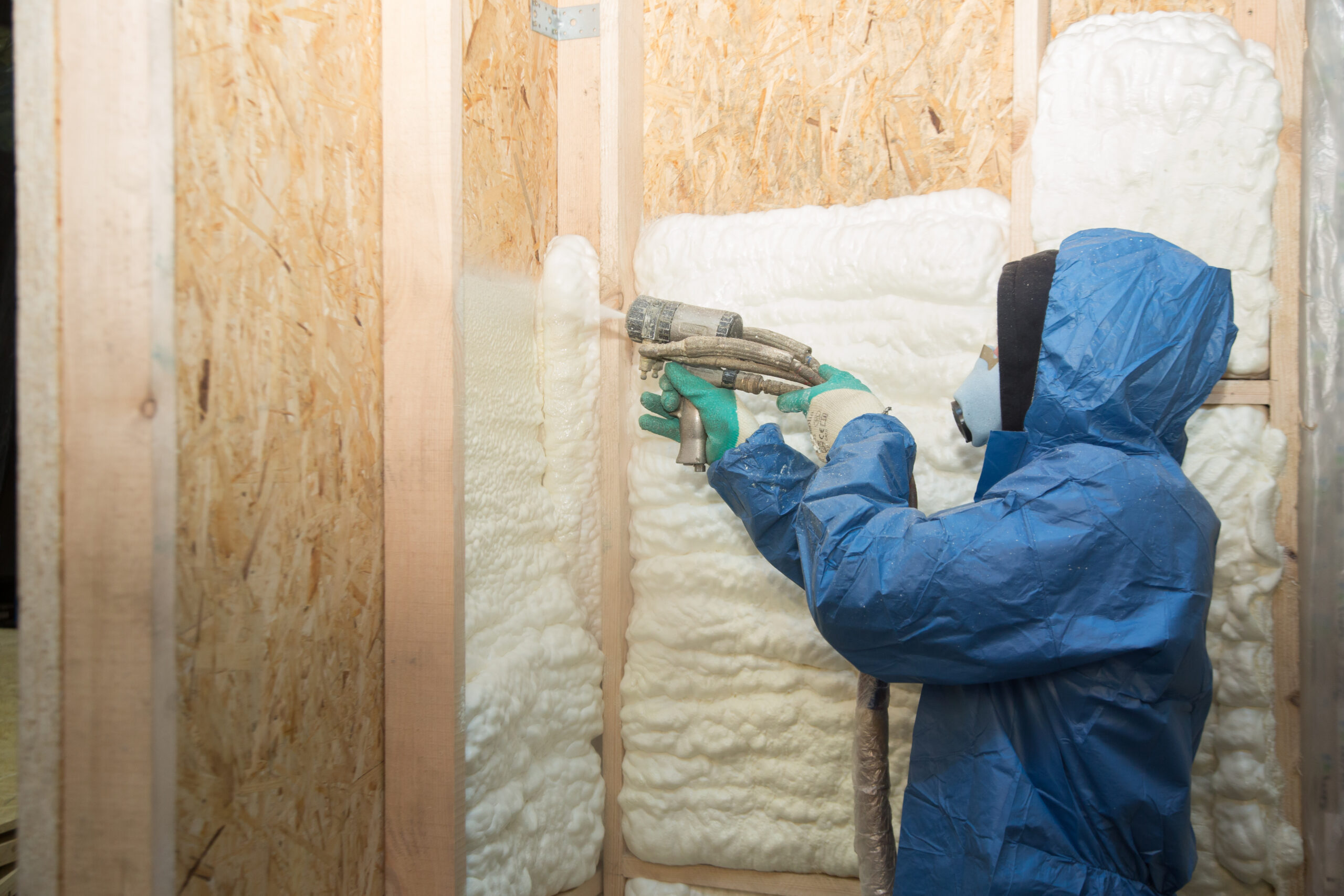R-Value in Home Insulation

What is a pirate’s favorite letter? “Arrrr,” of course.
On a serious note, not grasping the importance of R-value when choosing insulation could leave you feeling like you’re walking the plank when it comes time to pay your energy bills. Standard understands just how essential R-values are in maintaining comfort and energy efficiency. We have served as the Mohawk Valley and Capital Region’s go-to insulation contractor since 1928. Our breadth of experience and expertise gives us insight into the unique needs of homes and businesses in the area.
Let’s start by exploring what R-value is and the link between R-value and your property’s energy use and comfort before diving into recommended R-values.
What Is Insulation R-Value?
What does R-value mean in insulation? It’s the measurement of the material’s insulating power, meaning how well the insulation resists heat flow. Essentially, the higher the R-value, the better the insulating power and thermal resistance of that material for insulating buildings.
How to Calculate R-Values
Calculating R-values can be quite complex. At its simplest, you multiply the temperature difference by area and time and divide it by heat loss. However, you may need to adjust the calculation, depending on whether you’re measuring flat or cylindrical objects.
This simple equation works for all flat materials. As the thickness of the material increases, so does the R-value. For cylindrical objects, the calculation’s complexity increases to accommodate pipe and insulation thickness. As pipe diameters decrease, R-values increase.
Benefits of High R-Values
Higher R-value numbers offer the best protection to keep you warm during the cold of winter and cool during the heat of summer. This option is especially beneficial in homes with higher-priced heat sources. Additionally, these materials typically meet all building code requirements. The optimum amount of insulation keeps the furnace from running as much during the winter and reduces the use of air conditioning in the summer by maintaining a comfortable temperature in the home — saving on your utility tab at the same time.
What About Low R-Values
The higher the R-value, the higher the price you might pay upfront for insulation, but this investment can practically pay for itself in terms of energy savings over time. Still, some consumers consider opting for low R-value insulation to initially save money.
The lower R-value insulation provides minimal protection against heat gain or loss through the exterior of the home, although in some areas local building codes will call for higher levels. This insulation is the bare minimum for insulating and provides the least amount of return on your insulation investment.
What Is a Good R-Value?
Are you asking yourself, “What R-value do I need?” The answer depends on the area you’re insulating and whether you’re adding insulation to an existing structure or insulating new construction.
For existing structures, you may be able to add layers of insulation installed on top of each other to create higher R-values. New construction offers the most cost-effective way to add insulation according to regulations during the building process.
In Central New York, the United States Department of Energy recommends the following R-values for various areas:
Attics: R-49 to R-60
Improper attic insulation can wreak havoc on your energy bills. You need adequate insulation to prevent heat loss during winter and elevated interior temperatures during warm weather. Additionally, in winter, the home’s warm air rises. Inadequate insulation creates conditions that allow heat to transfer to the roof, hastening snowmelt and causing ice dams. These ridges of ice along roof edges and gutters can damage the roof.
Walls: R-19 to R-25
Proper wall insulation helps control interior temperatures, reduce moisture buildup, and control condensation. Additionally, ample wall insulation can help muffle ambient noise from outside and from other rooms within the building. Depending on the materials you choose, insulation can also add additional strength to the structure.
Basement Walls: R-13 to R-19
Insulating basement walls properly is more important than many people realize. Because air from the basement rises into living spaces, insulating the area can help prevent chills from seeping into the main floor. This conserves energy, reduces the strain on your HVAC system, and controls moisture in these often damp spaces. Building codes typically require insulation as part of any basement project.
Crawlspaces: R-25 to R-30
Insulating crawlspaces helps protect these areas from moisture and can reduce air leaks between the outdoors and the conditioned space. Additional benefits include avoiding issues with ventilating the area, minimizing radon from entering through the foundation, and protecting pipes and ducts within the conditioned space.
Floors: R-30 to R-38
Up to 20% of heat loss occurs through flooring. By insulating floors, you can reduce drafts and improve comfort while reducing heat loss and waste. This enhances energy efficiency and can help save money on utilities.
R-Values of Different Insulation Materials
Traditional fiberglass insulation, spray foam insulation, and blown-in insulation have R-values to consider. At Standard, we use two types of insulation: blown-in cellulose and spray foam insulation. The finished R-value depends on the installed thickness and the material.
- Blown-in cellulose has an R-value between 3.2 to 4.0 per inch of thickness. This material is ideal for adding insulation to areas that are challenging to access. It helps seal openings and muffle noise while increasing comfort and efficiency.
- Spray foam insulation has an R-value of 3.8 to 7.0 per inch. It’s particularly useful in new construction and renovations with open wall spaces. This type provides added building strength, water resistance, and mold prevention in addition to sealing openings for improved air quality and conforming to the space.
Contact Standard to Schedule a Free Consultation
As professionals with nearly a century of expertise, Standard can tell you what a good R-value is for your needs. We can also connect you with programs that make insulation installation affordable — sometimes even free — for qualifying New Yorkers.
Ready to learn more? Call us today at 1-800-738-1424.



